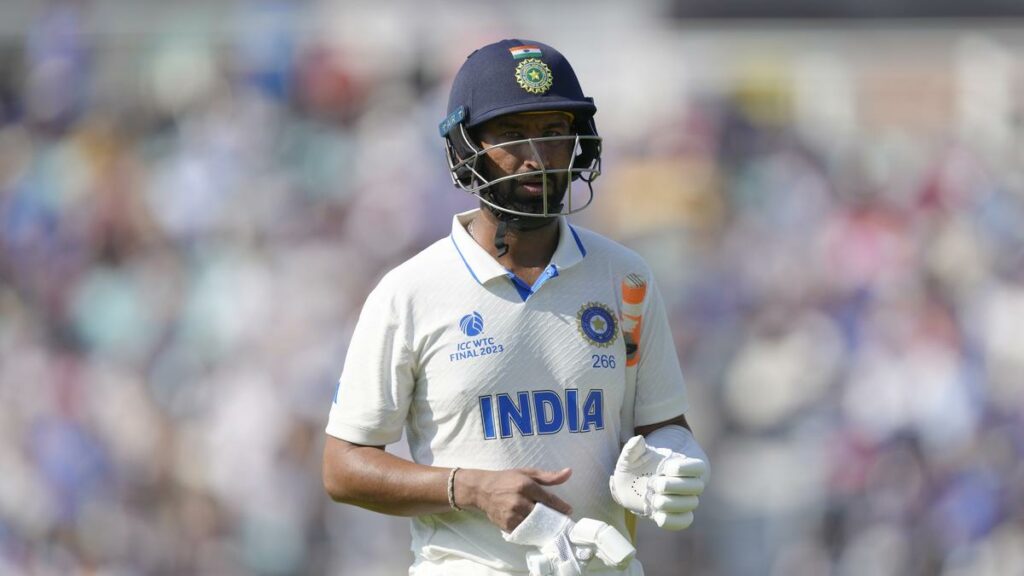Kakadu 2026 IPL: Pioneering AI Analytics Poised to Transform Future Betting
As anticipation reaches fever pitch for the Kakadu 2026 IPL fixture on April 20, 2026, forward-thinking bettors are already looking beyond conventional cricket statistics. This landmark clash in Australia’s rugged Top End won’t just showcase blistering sixes and lethal yorkers—it will serve as a proving ground for next‑generation data analytics in cricket wagering.

Table of Contents
Emergence of Holistic Player Impact Score Metrics
Gone are the days when a batsman’s worth was judged solely by his average or a bowler’s by his economy rate. By 2026, the Player Impact Score will aggregate batting, bowling, and fielding contributions into a single, interpretable index. Advanced models will weight each delivery, quantify run saved through fielding, and adjust for match context to deliver real‑time insights. Savvy bettors will use this composite metric to identify underpriced talents who routinely influence games across all three disciplines—uncovering value far earlier than the market adjusts.
Assessing Pressure Performance Rating Under New Lens
- Focuses on high-pressure situations: Cricket is full of tense moments like death overs, close run chases, and sudden weather changes, and this rating aims to quantify player performance during these times.
- Assigns a numerical value: Every player will receive a numerical rating that reflects their effectiveness under stress.
- Considers various factors:
- Strike rotation in situations where runs are needed.
- Dot-ball frequency when defending a total.
- Biometric stress markers will also be incorporated.
- Reveals clutch performers: The ratings will show which players perform best when the stakes are highest.
- Beneficial for bettors: Those who track changes in these ratings can predict potential game-changing performances much earlier than casual fans.
Incorporating Biomechanical Injury Risk Data Streams
Injuries derail both careers and betting markets. By 2026, cricket franchises and data firms will collaborate to feed biomechanical sensors and motion‑capture systems into forecasting engines. Metrics such as joint torque, muscle fatigue accumulation, and bowling action deviation will flag players at elevated injury risk. A sudden drop in acceleration metrics might hint at hidden strains—information that informed bettors can use to hedge their pre‑match bets or adjust live‑play stakes, avoiding exposure when an unexpected physio delay could swing match momentum.
Expanding Predictive Algorithms through Deep Learning
While current models lean on past performance, future AI engines will harness deep learning to unearth patterns invisible to humans. By ingesting thousands of variables—ball‑spin trajectory, pitch micro‑climate data, player sleep and recovery logs—these networks will continuously refine win‑probability curves. The result: pre‑match forecasts with error margins shrinking below 1 percent. Bettors subscribing to platforms offering such probabilistic projections will gain a decisive edge, spotting subtle shifts in expected outcomes that standard odds calculators simply can’t detect.
Envisioning Real‑Time Odds Adjustments with AI
Imagine a live betting interface where odds recalibrate instantly as AI flags emerging match events: a non‑striker’s foot placement suggesting a premeditated sweep, or a spinner’s grip pressure change foreshadowing a doosra. By integrating computer vision and wearable‑sensor feeds, next‑level systems will update odds mid‑over, reflecting microtrends in player behavior and pitch evolution. This dynamic environment empowers bettors to lock in value at the exact moment inner‑circle models signal a momentum swing—transforming cricket betting into a hyper‑responsive, insight‑driven experience.
Positioning Platform as Futuristic Betting Authority
As the Kakadu 2026 IPL season approaches, bettors seeking long‑term success must embrace these emerging data streams and AI‑powered metrics. Our platform is already collaborating with leading sports‑tech firms to bring you early access to prototype algorithms and exclusive analytic dashboards. Start familiarizing yourself now with composite impact scores, pressure‑state indices, and biomechanical alerts.

